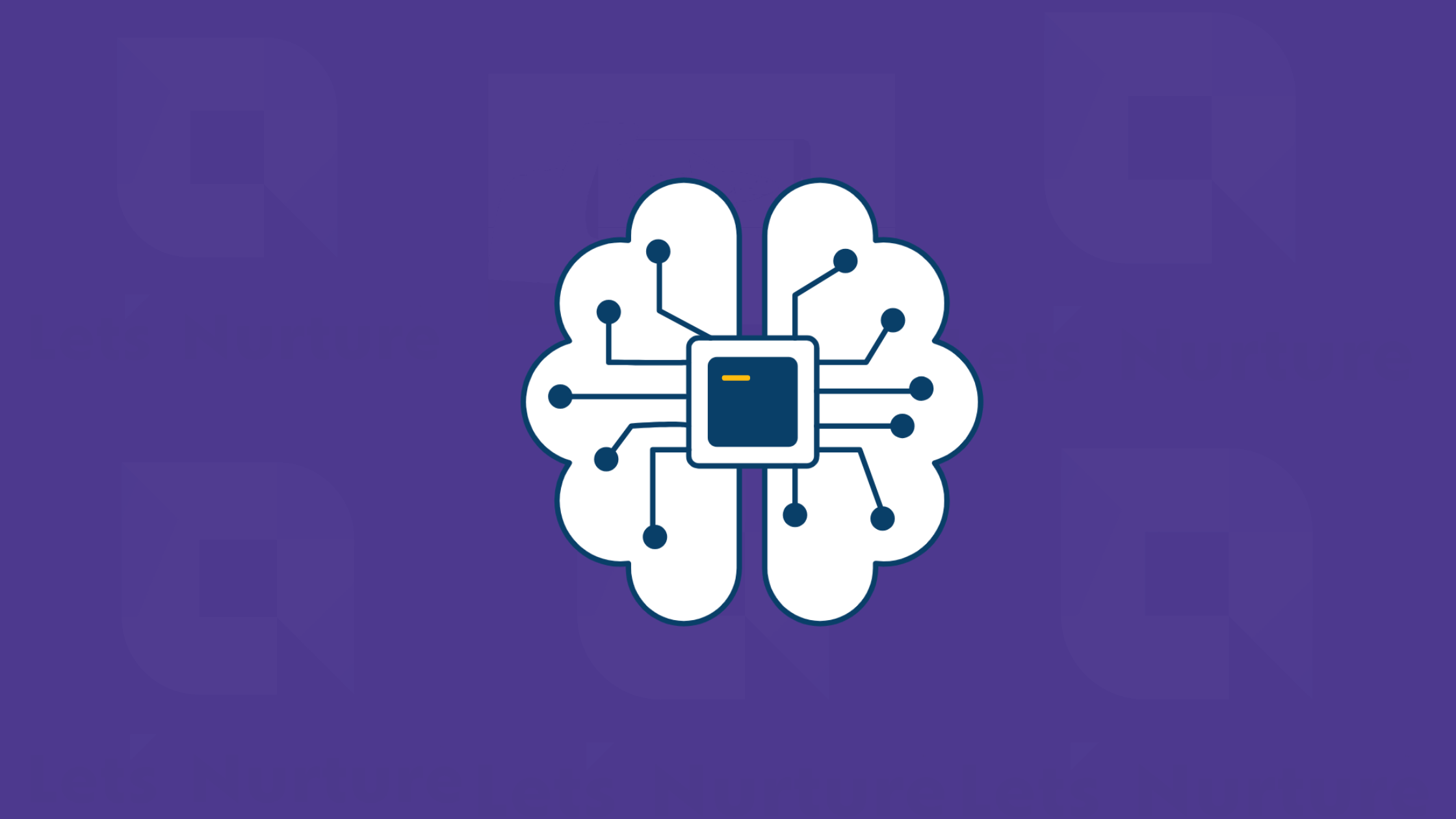-

How Much it ll cost to build an app like
- Cost to develop an Uber Tow Truck App
- Cost to develop a Pest Control App
- Cost To Develop a Handyman App Like Uber
- Cost To Develop a Doctor Appointment Booking App
- Cost To Develop An App Like MoodBites
- Cost To Develop An App Like SkipTheDishes
- Cost To Develop An App Like Q Chat
- Cost To Develop An App Like TickTick
- Cost To Develop An App Like ContractBook
- Cost To Develop An App Like Utter
-

How Much it ll cost to build an app like
- Cost to develop a Video Editing Mobile App like Magisto
- Cost to develop a Live Video Streaming App like Twitch
- Cost to develop an app like Home Workout- No equipment
- Cost to develop a Sports News app like theScore
- Cost to develop an Application like Reddit
- Cost to develop a Sports News app like theScore
- Cost to develop an E-learning platform like Udemy
- Cost to develop an On Demand Doctor App like Heal App

The Integral Role of AI in Augmenting the Future of AR
The technological realm is continuously evolving, and as it stands, Augmented Reality (AR) and Artificial Intelligence (AI) are at the forefront of this revolution. These two technological titans are no longer isolated phenomena; they’re intertwining in ways that promise to reshape our interactions with the digital universe. Here’s an in-depth look at why AI is pivotal in shaping the trajectory of AR.
Contextualized Digital Interactions: At its essence, AR integrates digital visuals into our tangible environment. But without a relevant context, this amalgamation can be distracting or even pointless. AI is crucial here. By assessing a user’s tendencies, inclinations, and immediate environment, AI curates a bespoke AR experience. Consider this: as you stroll down a boulevard, your AR-equipped eyewear suggests a diner, recognizing your penchant for Italian delicacies, whilst deliberately sidestepping locales you frequented recently.
Instantaneous Object Identification: For an unbroken blend of the digital and tactile realms, AR must possess the agility to instantaneously recognize and comprehend objects. Deep learning, a subset of AI, equips AR with this capability, facilitating the identification of everything from historical monuments to quotidian items, thus expanding the horizon for digital interactions.

Refined Human-Device Engagement: To truly immerse oneself in an AR experience, the interface needs to extend beyond touch. AI empowers AR with the finesse to perceive gestures, interpret vocal cues, and even gauge emotions. This synergy ensures that the conduit between humans and their AR content is not just robust but also intuitive.

Adaptable Content Rendering: AI’s versatility doesn’t stop at analysis; it extends to creation. Visualize an AR-based game where AI tailors characters, narratives, or challenges rooted in a user’s past engagements. This ensures that every digital escapade is not just interactive but also singular.
Acute Spatial Cognizance: For a harmonious integration of AR content within our world, the technology must intricately fathom spatial structures. AI, with its algorithms, equips AR with this spatial awareness, ensuring that digital interfaces are anchored appropriately within physical spaces.
Streamlined Operational Efficacy: AI’s role isn’t restricted to the front-end experience. It delves deeper, optimizing AR functionalities in real time, be it conserving battery, enhancing graphical representation speeds, or bolstering connectivity.
Evolutionary Learning Mechanisms: Each interaction with AR, enriched by AI, is a learning opportunity. With time, this amalgamation ensures AR experiences that are not just tailored, but also predictive and prescient.
Fortified Security Protocols: In an era where digital privacy is paramount, AI fortifies AR with advanced security tools like facial recognition and gesture-based access, ensuring that personalized digital landscapes remain impervious to breaches.
To encapsulate, AR might offer a visionary conduit to perceive and engage with our surroundings, but it’s the cerebral prowess of AI that lends this vision depth and context. As we navigate the future, it’s evident that the zenith of AR’s potential will be realized only when married to the insights of AI.

Author
Our Partners




WhatsApp us


